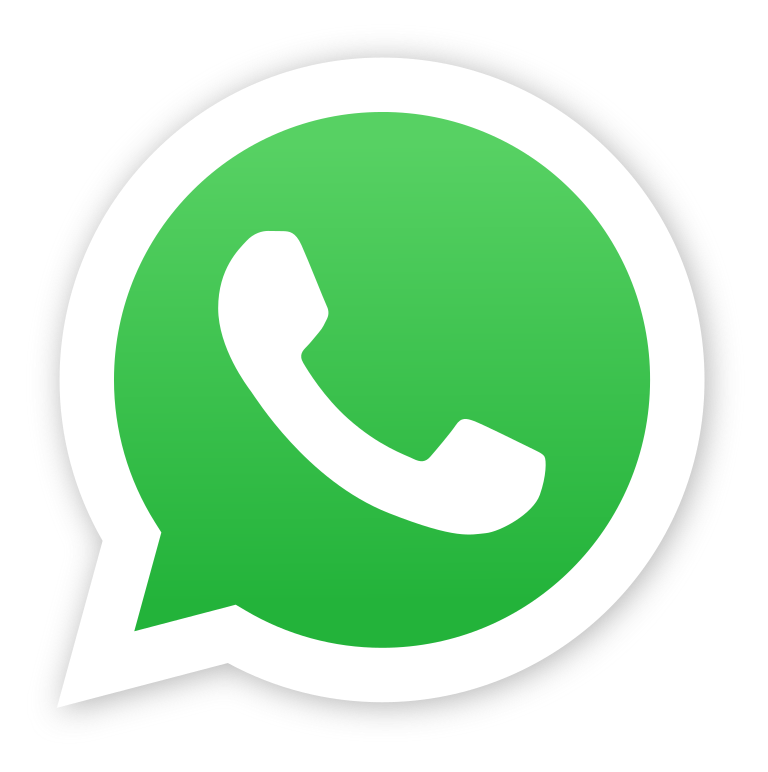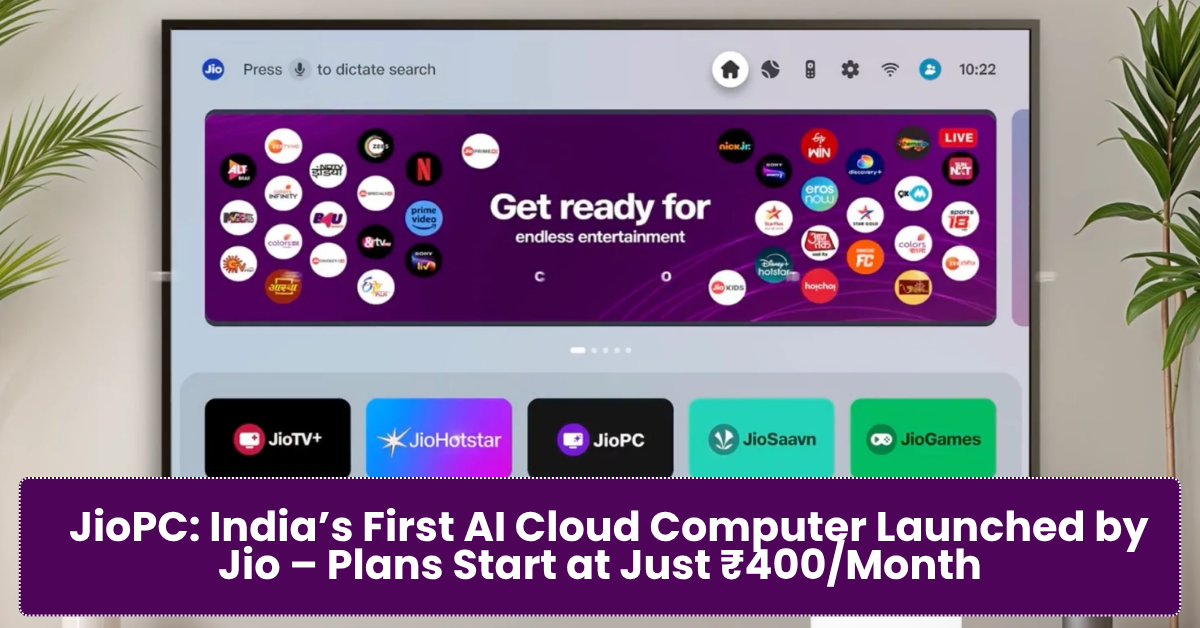Australia to Ban YouTube for Children Under 16: In a significant and controversial move, the Australian government is planning to ban YouTube access for children under the age of 16. This proposal has sparked widespread debate about online safety, digital rights, tech regulation, and the responsibilities of both parents and tech companies.
If implemented, this policy could transform how young Australians engage with digital content and set a precedent for other countries. In this article, we explain the reasons behind the proposal, its possible impact, expert opinions, and safe alternatives for children.
Why Is Australia Planning to Ban YouTube for Children?
The primary reason behind the proposed YouTube ban for children under 16 is online safety. The Australian government has become increasingly concerned about the negative impact of unregulated content on young users. Key issues include:
- Exposure to harmful or inappropriate videos
- Addictive screen-time patterns caused by algorithms
- Targeted advertising towards minors
- Unregulated data collection and privacy concerns
- Mental health issues linked to excessive usage
Despite the existence of YouTube Kids, many children still access the standard version of YouTube, which includes content that may not be suitable for their age. The Australian eSafety Commissioner has indicated that tech companies are not doing enough to protect children online.
Key Features of the Proposed YouTube Ban
Although the ban is still under review, here are the main points based on current reports:
- Children under 16 may be restricted from accessing the main YouTube platform
- Platforms will be required to implement stricter age verification systems
- Parental controls and content filters could be enhanced or mandated
- Regulations may be extended to include other platforms like TikTok, Instagram, and Snapchat
- Educational tools and entertainment apps may be reviewed for age-appropriate content
The eSafety Commissioner is working with lawmakers, child psychologists, and educators to finalize details of the policy.
The Global Context: Why This Move Matters
Australia’s decision comes amid growing global concerns about the role of big tech in children’s lives. Countries like the UK, the US, and those in the EU have already taken steps to tighten online safety laws for minors. Common concerns include:
- Algorithms designed to maximize screen time, not mental health
- Lack of transparency in content recommendations
- Targeted advertisements exploiting vulnerable users
- Insufficient age-gating mechanisms
The Australian government believes that current self-regulatory measures by tech platforms are not enough, and legal action is needed to enforce better safeguards.
Expert Opinions on the YouTube Ban
Supporters
Child development experts, educators, and mental health professionals are largely supportive of the proposal. They argue that it could lead to healthier habits and better development outcomes.
“Restricting YouTube access can reduce exposure to toxic content and addictive algorithms. It gives children space for creativity, sleep, and real-life interaction,” says Dr. Emily Cross, a Sydney-based child psychiatrist.
Parents who are concerned about screen addiction and online safety also support the government’s intention to introduce stricter rules.
Critics
However, the policy has drawn criticism from tech experts, civil rights groups, and some parents. Key criticisms include:
- Potential overreach by the government into private parenting decisions
- Concerns over censorship and freedom of expression
- The likelihood of tech-savvy teens bypassing restrictions through VPNs or shared accounts
- Potential negative impact on educational creators and students who rely on YouTube for learning
Many believe that instead of an outright ban, the focus should be on better moderation, more transparent content policies, and stronger parental control features.
What Are the Alternatives to YouTube for Kids?
If the ban is implemented, Australian families will need to turn to safer, age-appropriate alternatives. Some recommended platforms include:
- YouTube Kids – A version of YouTube with child-friendly content and parental controls
- Khan Academy – Free, high-quality educational videos for students of all ages
- PBS Kids and National Geographic Kids – Engaging content for younger audiences
- Netflix Kids – Curated and monitored video streaming for children
- Curiosity Stream, BrainPOP, and Duolingo – Educational and interactive learning platforms
Parents are encouraged to monitor screen time, co-watch videos with their children, and use device-level restrictions to manage access.
When Will the YouTube Ban Be Enforced?
As of now, the proposal is in its early stages. The Australian government is expected to:
- Hold public consultations
- Collect expert feedback
- Review technological and legal feasibility
- Possibly introduce a phased rollout in late 2025 or early 2026
The timeline will depend on legislative approval, technical implementation of age verification, and the cooperation of tech companies like Google.
READ MORE : I Built an App in 20 Minutes Using Just English – Meet Rocket.new from India
READ MORE : AKTU Challenge Evaluation 2025: Complete Process, Dates, and Fees for Odd Semester Phase 2 Exam
Final Thoughts
The proposed ban on YouTube for children under 16 in Australia represents a growing global concern about children’s digital safety. While opinions are divided, the core issue remains: how can society balance the benefits of technology with the need to protect young users?
This proposal could serve as a wake-up call for tech companies to take online safety more seriously and for parents to become more involved in their children’s digital lives. Whether or not the ban is fully implemented, it’s clear that the era of unregulated internet use for children is coming to an end.







